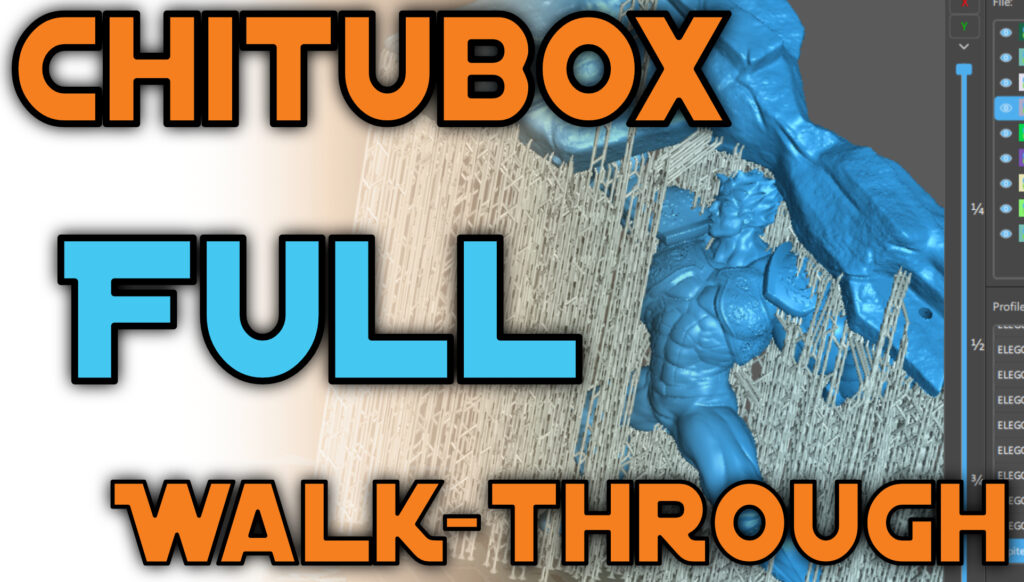Mod or Buy – Upgrade Ender 3 V2 or Buy Ender 3 S1
Have you ever wondered whether you were better off buying the Ender S1 or the modifying the already affordable Ender 3 V2? Well, in this article we’ll explore the pros and cons of each and see which might be a better choice depending on your use case. What you see here is my own opinion. Undertake these upgrades at your own risk.
Now, for the purposes of this video, I will be comparing some specific upgrades which make the Ender 3 V2 more similar to the Ender 3 S1. One of the biggest differences is the hot end assembly, which on the S1 uses a Sprite extruder, while the V2 uses your standard Bowden tube setup. Now both methods have their own pros and cons, but for this comparison will be upgrading it to also have a Sprite extruder. I did the math on this and unless you’re buying a knockoff hot end, it’s a lot easier to simply get the Sprite extruder upgrade kit which comes with the replacement cables. Just make sure to buy the High temperature version when you do so. The S1 strangely has a heat break which isn’t all metal, so I’d recommend looking into replacing that if you want to print with higher temperatures. Just be aware, that replacing this can be a little finicky, and I did do some damage to mine when doing that upgrade. The sprite extruder comes with a CRTouch for auto levelling, and there is already a firmware upgrade for the V2 if you install this on your machine. Depending on where you purchase this kit, you’ll be looking around $100 USD at the time of writing.
Generally speaking, I do recommend that you have a dual Z axis setup, when you have a direct extruder, so for this reason we’ll be adding another Z axis to the machine for additional stability. The good news is that there are plenty of these kits available, but you’re going to want to make sure that they come with the wiring and if possible two lead screw bearing brackets since they can help stabilize the lead screws. Most of these kits have a splitter cable which helps divide the signal from the stepper motor drivers and makes it a lot easier to install. I’ve already created a playlist for Upgrading the V2 so make sure to check that out if you’re planning on doing the same changes to your machine. This will roughly add $25 USD to our total for the upgrade.
Another big difference between these two machines, is the build plate. For some reason, you currently can’t purchase the exact same build plate that comes on the S1 unless you’re a registered vendor. This is problematic for print farms, which normally want to have a couple of extras, so they can easily swap them out. The one that is currently available is the older version, which just doesn’t work as well and isn’t really worth the money. I added one of these to my machines and honestly, I’m thinking about either simply removing it or using 250 grit sandpaper to rough up the metal side since that seems to work great for PETG material. This will roughly add $26 USD to our total.
Now, the nice thing about both of these machines is that the source code is available for both. So if you decided to make additional changes, you still can. This makes the longevity of the machines more likely, since this opens up the possibility of additional suppliers for certain components. In a time when there’s supply chain issues, this level of flexibility is quite necessary for any purchasing decisions.
So which options do I recommend and for whom. If you already own a V2 and don’t plan on picking up another machine, then simply upgrading your existing one is a good idea. Doing this will reduce waste and help prolong the longevity of your machine, but I wouldn’t consider the upgrades a necessary step until you want to print with higher temperature materials. If you’re planing on getting a new machine, or need to replace the one you currently have, then the S1 is a feasible option, however keep in mind that certain replacement parts aren’t available to the public as of the writing of this article. Since quite a few components are proprietary, this could pose a serious issue if you need to replace a component. Therefore, if you’re looking for a reliable machine, then a stock V2 may actually be a better option because of it’s level of flexibility, and it’s lower price point.
If you’re always looking around for the information that you need on these printers’ and other’s I have the PDF guides which include the wiring diagrams, tips and tricks, maintenance, printer calibration, realignment, parts, firmware and much more. For the machines that require it I’ve also included the STL which helps restore functionality.
Yasmeen completed both the 2D and 3D animation course at Algonquin College and worked in the animation industry as a freelancer for a number of years before being hired to manage the 3D printing services at ItsYeBoi. While using the Alias of "Jenny" during her services, she was responsible for the testing, maintenance and upgrading of the machine while also filming and developing 3D printable assets for various projects.

